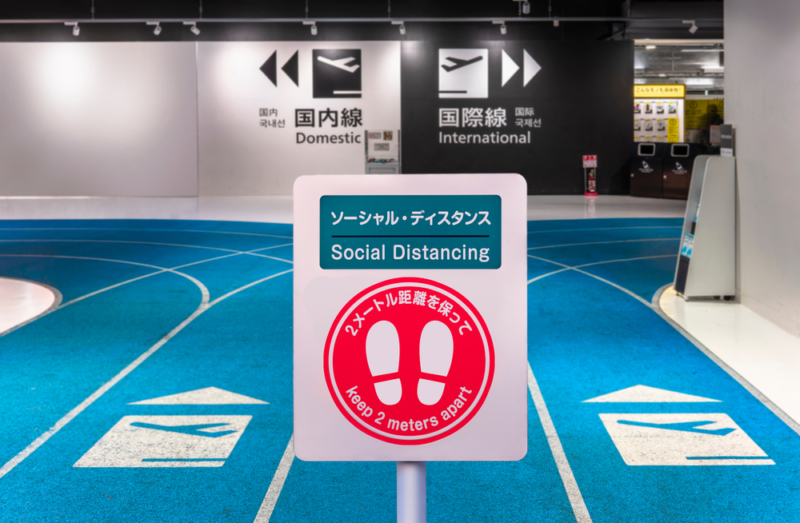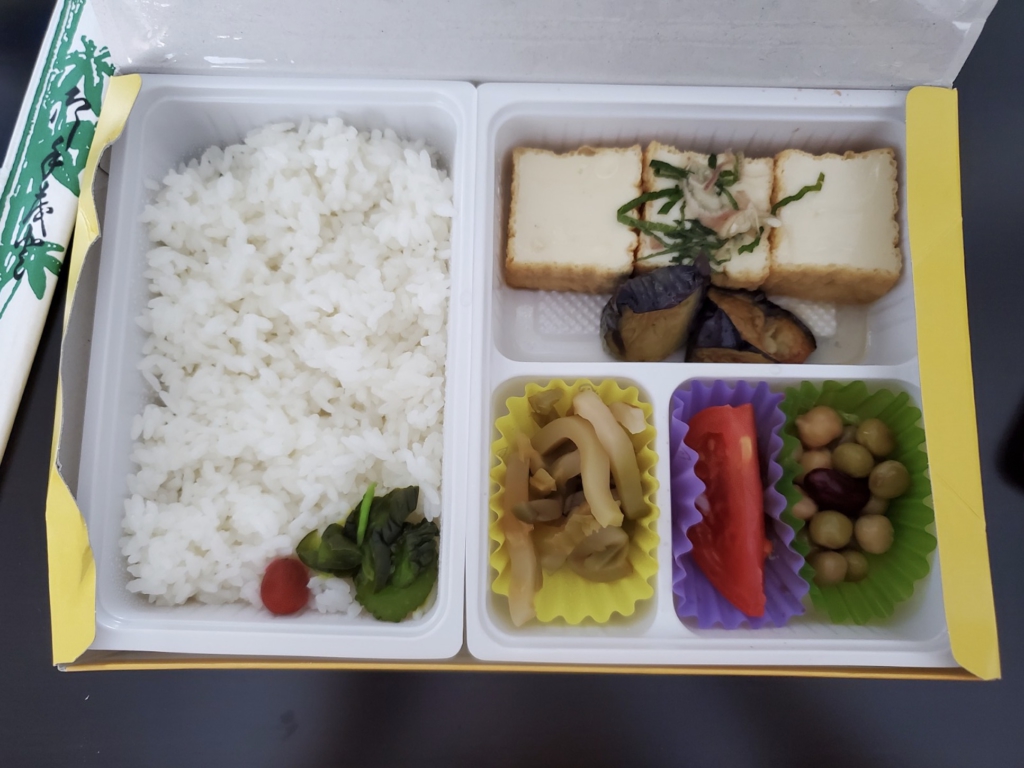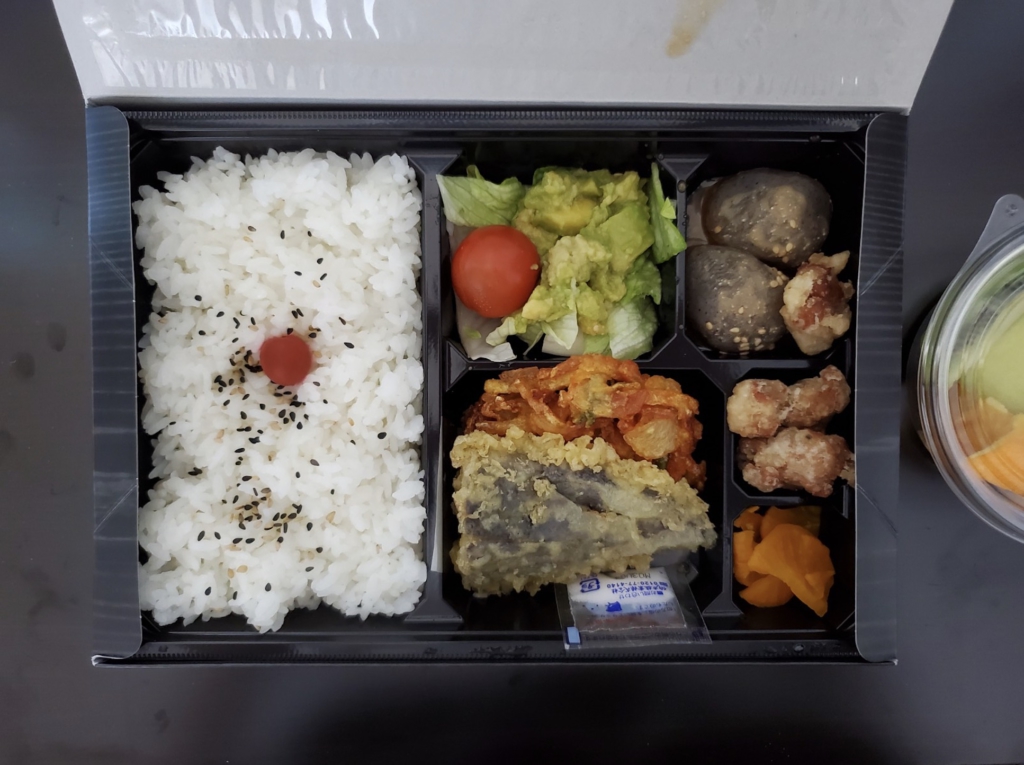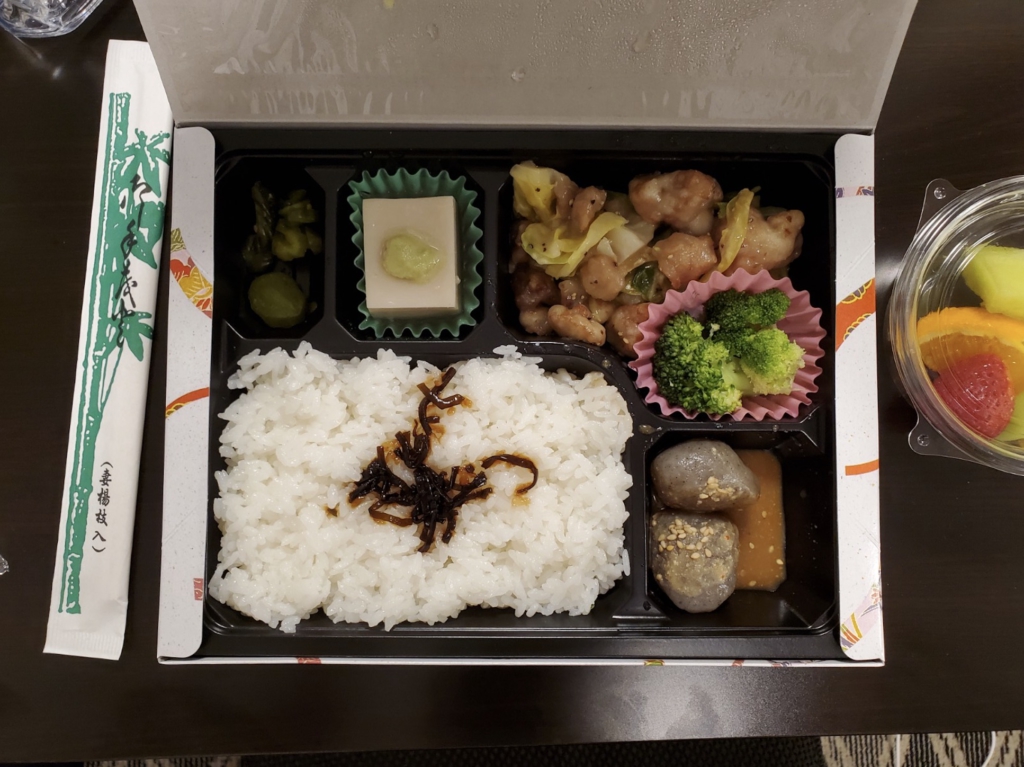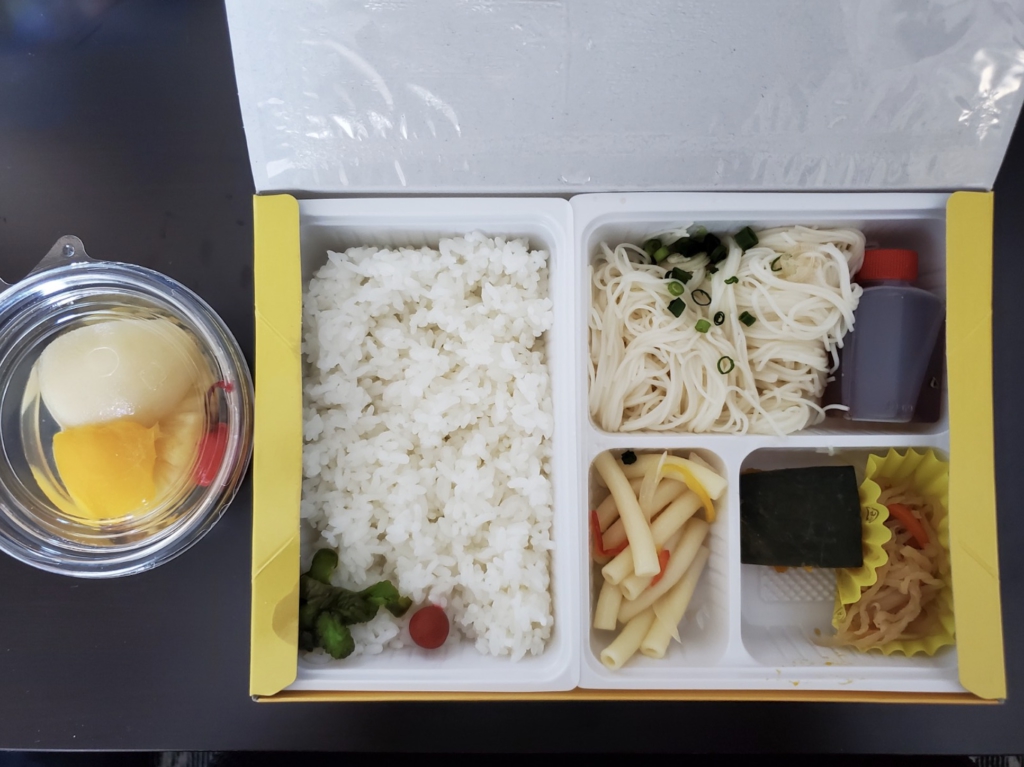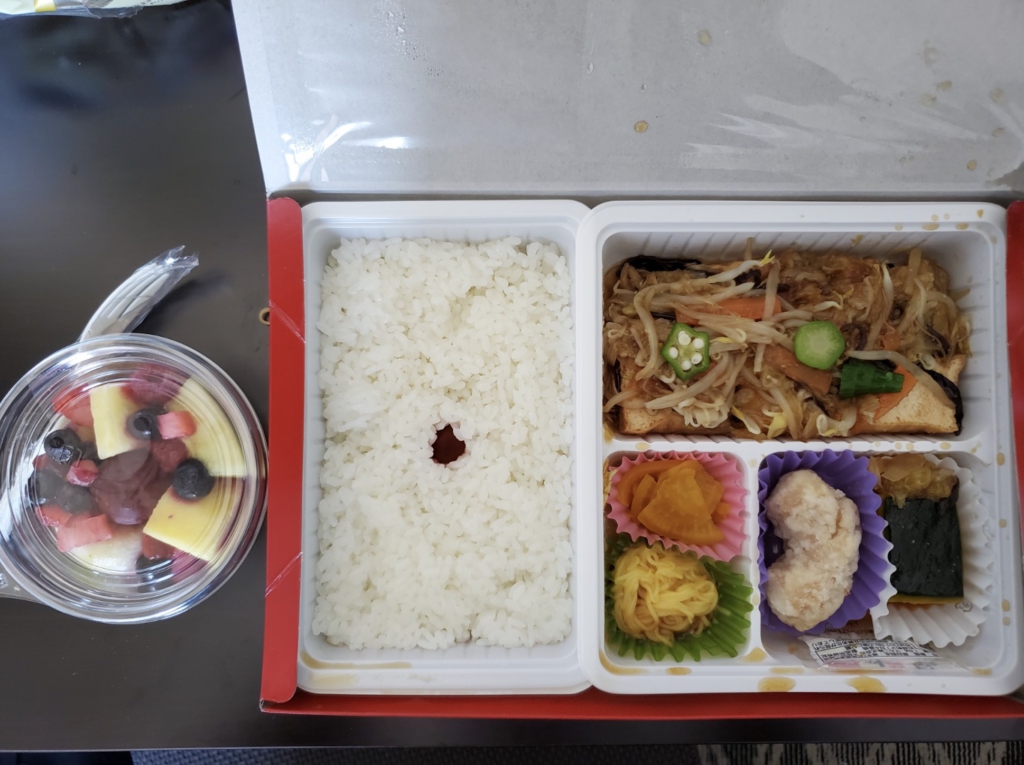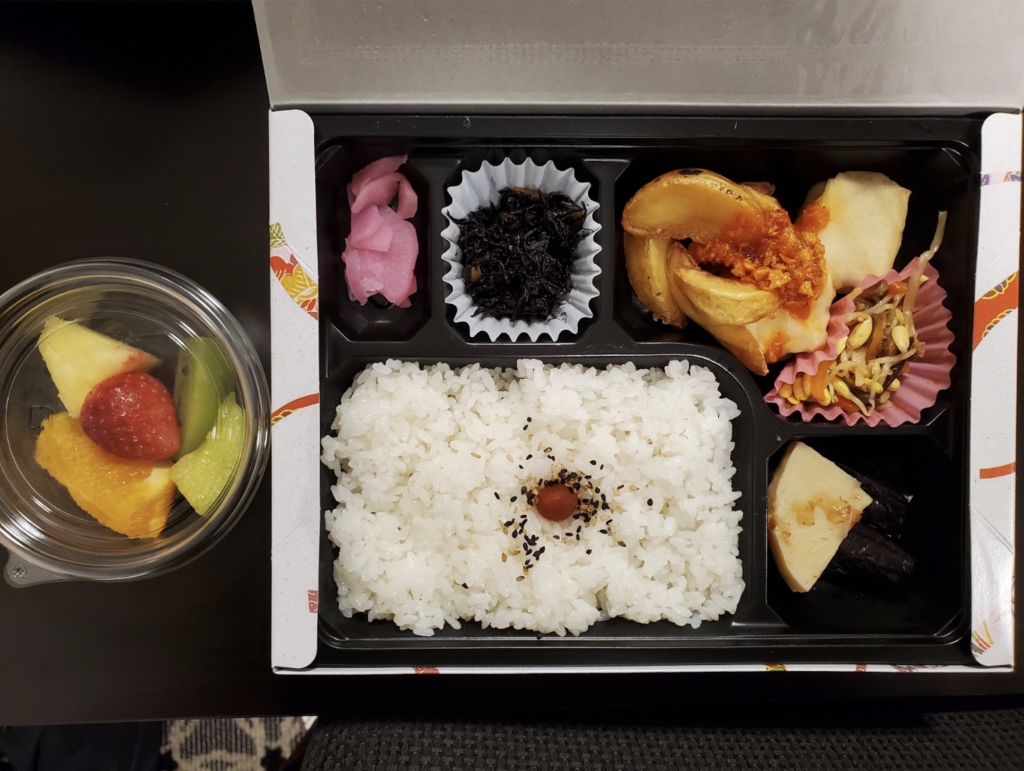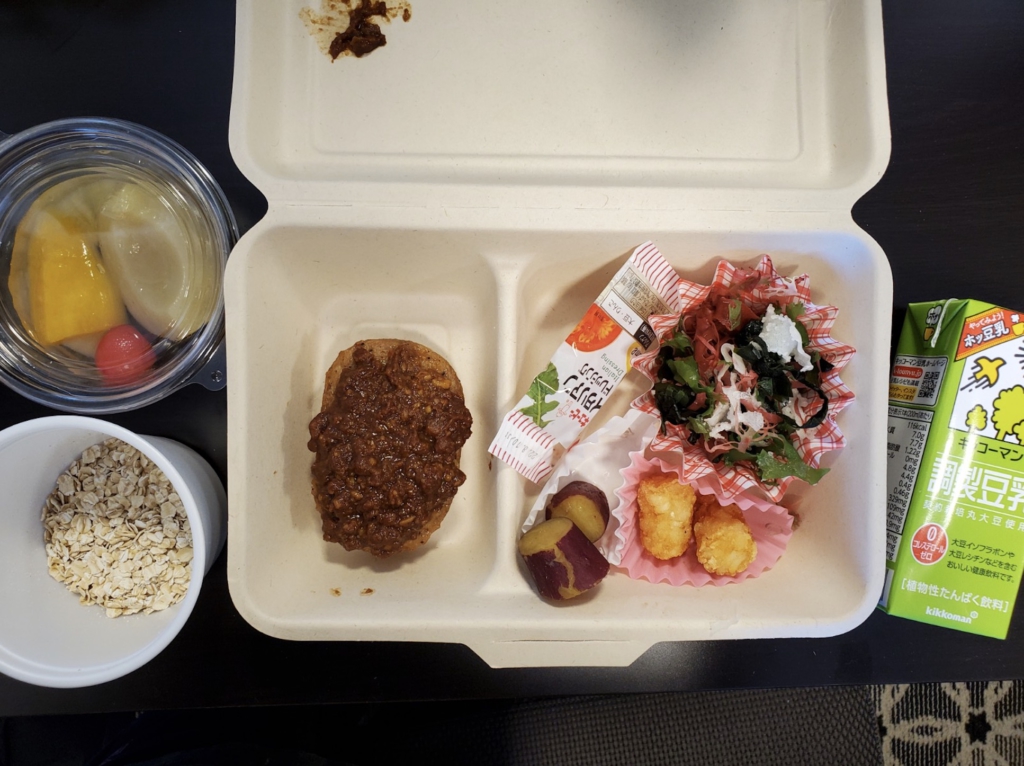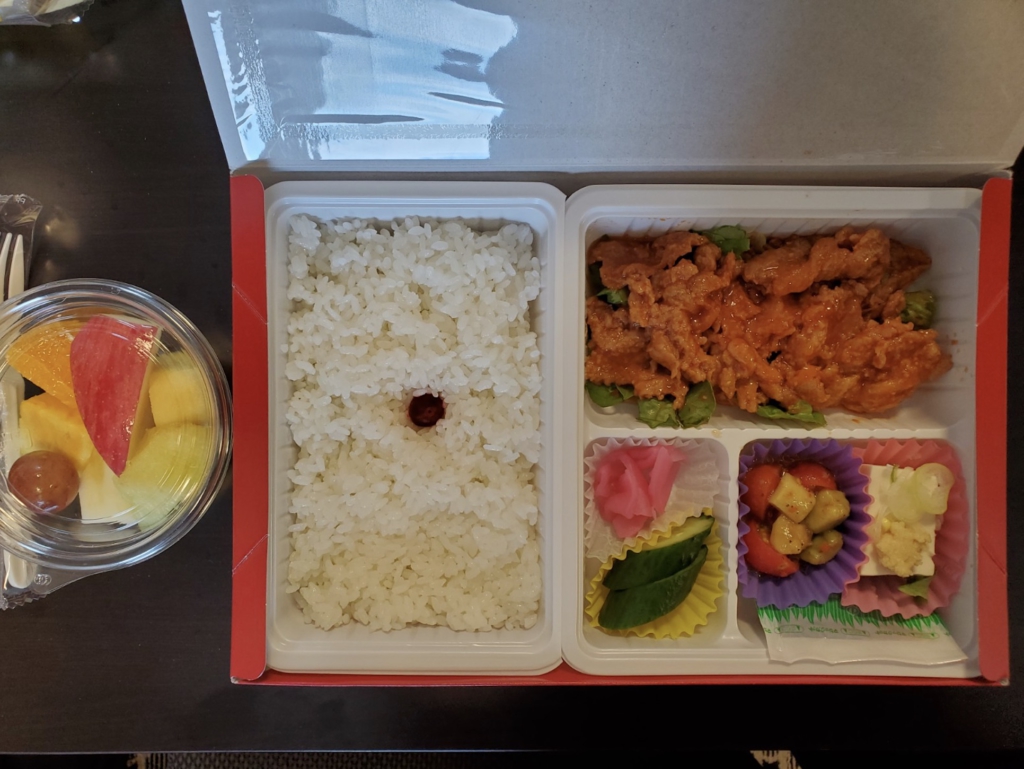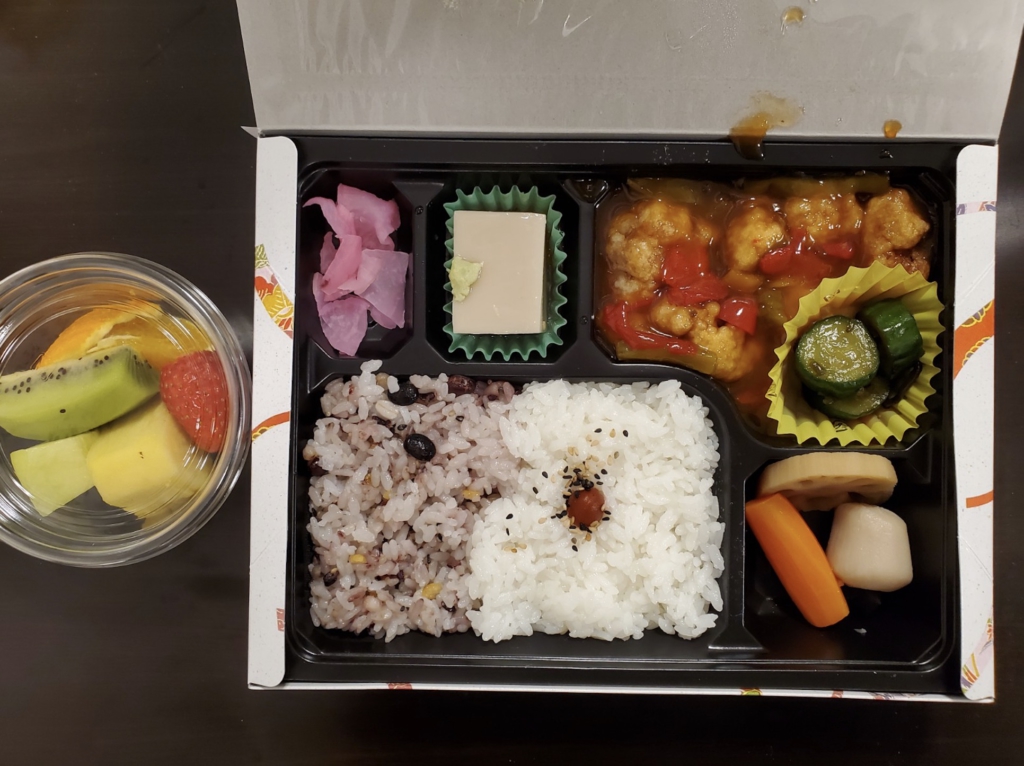***All information is accurate at the time of writing
Why Was I Allowed to Travel to Japan?
As of the time this article was published, Japan was only allowing Japanese citizens, residents, and people with exceptional cases to enter the country. In other words, new visas were not being issued (which includes those for tourists and people who do not yet reside in Japan even if they are planning to). I have resided in Japan for several years and have already established residency here, so according to the border control regulations in place during my travels, I was allowed to re-enter the country.
Do note that this is only an account of my own experiences. If you have questions or concerns regarding your own personal circumstances, be sure to inquire with your local embassy or consulate for the most accurate information.
What Did I Prepare Before Leaving Japan?
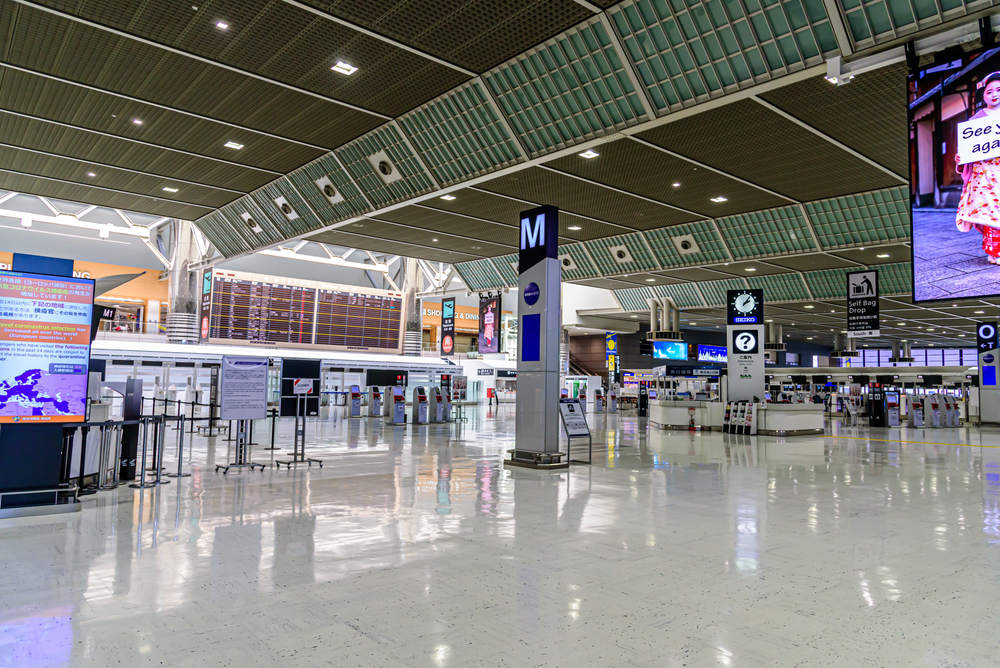
Each country and airline may have its own documentation requirements, so you should personally confirm what you need in order to make sure you have the most accurate information to board and enter your destination country. Here is what I prepared prior to my flight out of Japan to the USA:
- Negative PCR test (taken within the timeframe and a type required by the destination country; my airline did not specify what type of PCR test was needed at the time)
- Vaccination certificate (I applied for and was provided a vaccination certificate by my local government office)
- Multiple re-entry permit (this is not required and costs a fee. However, this re-entry permit is valid for the length of your visa while the single re-entry permit obtained at the airport is only valid for one year. You can apply for multiple re-entry permits at your local immigration office)
My airline recommended getting to the airport early as check-in times can take longer now due to the coronavirus. I arrived several hours early, but check-in went incredibly smoothly for me. The airport was eerily empty, and only a couple of eateries were open outside security while all the shops were closed. However, after going through security and immigration, more shops were open by the gates. Even so, I do not recommend waiting until the last minute to buy souvenirs if you need them.
Leaving to Head Back to Japan
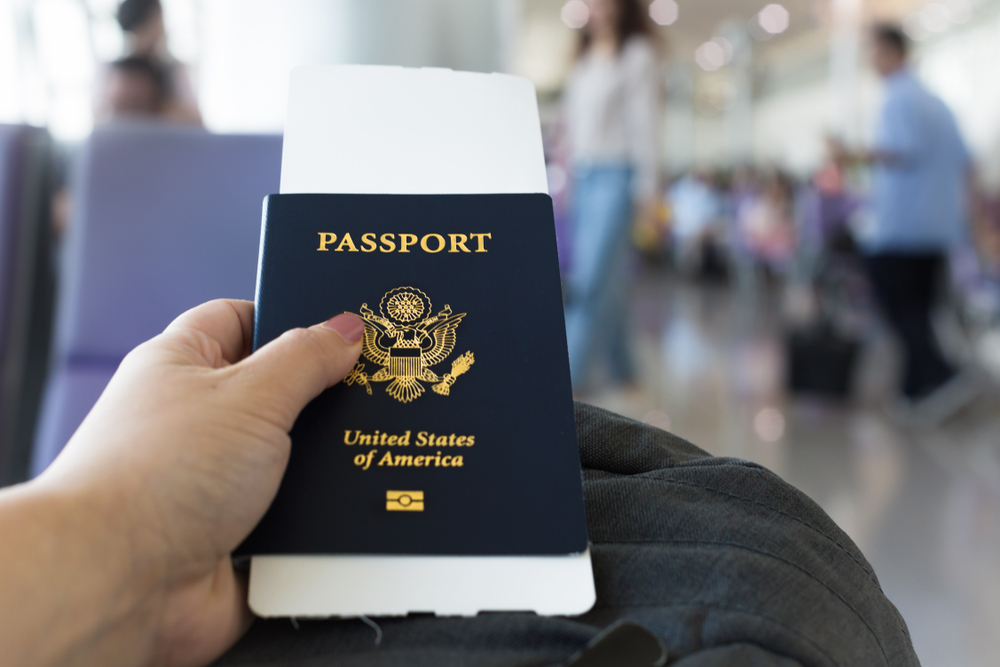
Airlines should be aware of Japan’s strict entry regulations, so be sure to have your documents prepared upon checking in. At the check-in counter at my departure airport, they asked for my passport, vaccination certificate, and permission to enter Japan (for this I showed the re-entry permit stamped in my passport). Here is what I prepared for re-entry into Japan:
- Negative PCR test/MOFA form (This is the standard form for Japan as Japan is very strict about the required PCR tests, so I highly recommend trying to get this filled out in your destination country)
- Passport (with re-entry permit)
- Vaccination certificate
- Signed pledge (can be found on the MOFA site)
- QR code from online questionnaire (link can be found on MOFA site)
- Required apps installed in my smartphone (MySOS, Google Maps)
If you have any questions or concerns about what is required, I highly recommend contacting your local Japanese embassy or consulate, and be sure to check what your airline requires as well.
Arriving Back in Japan
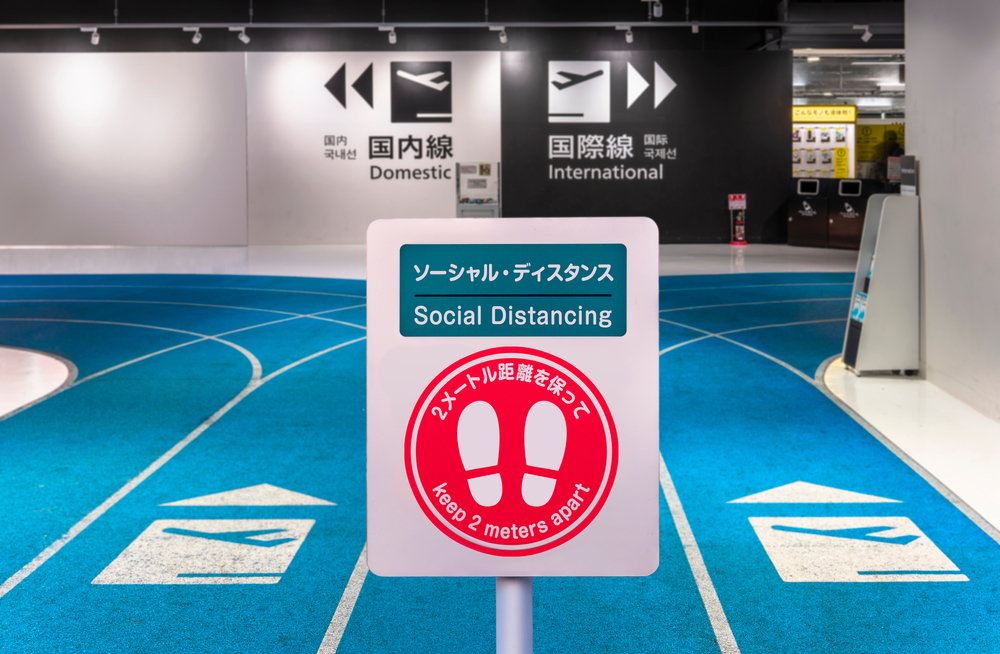
I flew from my departure country and arrived at Narita Airport in mid-January. Upon arrival, transfers were shuttled off the airplane while those of us who were staying in Japan were told to wait until we were called. When we got off the plane, we were guided to a waiting area that was located along the usual hallways to the gates where we waited for airport staff to come check our documents. Staff came and asked for our MOFA forms, passports, and pledges, and after they checked them sent us along to more checkpoints set up throughout the airport.
The same forms were checked multiple times at nearly every checkpoint, and we were also asked if we had our MySOS app installed on our phones. You will need to install it if you have not already done so, and there is a checkpoint where they will configure it to check up on you while you are in quarantine. If you do not have a smartphone that you can use, you will need to rent one at the airport at your own expense.

There is also a checkpoint where you need to take a PCR test. This is a spit-based test, and you are not supposed to consume anything (including water) from at least 30 minutes before.
If you have to participate in mandatory hotel quarantine, be sure that you already have transportation to your private quarantine destination (where you will finish up your quarantine time after the hotel, ie. your home) lined up beforehand. The transportation to your private destination must be organized and paid for by you. I had not scheduled anything yet and had to quickly figure it out at the airport before I was able to move on to the final checkpoint. Luckily, I was able to squeeze a reservation in. Do note that after you finish your mandatory hotel quarantine, you will be brought back from the hotel to the airport you arrived at, so you should plan for your ride to pick you up at the airport.

However, there are many variables during hotel quarantine such as the results of your subsequent PCR tests and when they can get people on buses back to the airports. This makes it difficult to determine what time exactly you will be back at the airport. In my case, I told the company to pick me up at the airport on the day that I was scheduled to finish the hotel quarantine, but I did not give them a specific time (I just told them “evening”). While I was in hotel quarantine and was able to more accurately estimate when I would be back at the airport thanks to instructions from staff, I got in contact with the car hire company again and gave them a more specific time.
Finally, you have to wait for your PCR test results at a designated waiting area. You are given a number at the previous checkpoints, and these numbers are called when your results are ready. It seems that the staff also decides who goes where (i.e. to which hotel) during this time, so the wait time can be quite long. I ended up waiting in this area for about five hours before my number was called, and there were plenty of people who arrived after me who were called before I was. There was a vending machine nearby where people were buying bottled drinks, and staff members came around a couple of times to pass out onigiri and bread, but there are also accounts from people who said that they were not provided with any food or beverages, so be prepared for this as well.

When my number was called, I was informed that my PCR test was negative and I would be transferred to a hotel within Tokyo. I was shuttled through immigration with other people who were headed to the same destination, grabbed my luggage at baggage claim, and headed through customs. After customs, I waited with the others for about 30 minutes for our bus to arrive.
It was about an hour ride to the hotel, and we arrived past midnight. We were given instructions and an overview of basic rules, were supplied with bento boxes for dinner, and then sent up to our rooms one by one. Be sure to press the “Check-In” button on your MySOS app as soon as you reach your room to log your quarantine location.
The Beginning of Quarantine

After finishing all the processes, I was sent up to the room where I would be staying for the next 6 days. As the quarantine hotel was a business hotel, I was unsurprisingly placed in a fairly compact room. It was equipped with a semi-double bed, a desk, a chair, and a unit bathroom with a toilet, sink, and bathtub. There was also an electric kettle, wifi, and a large TV to help keep me occupied. While there was little space to open my luggage, the bed was high enough to store it underneath whenever I was not using it. There was enough desk space to keep the necessities out, and several hangers where I could store my coat and other clothes (no closet space, however). All in all, although it was small, it felt like plenty for a single traveler such as myself.
The best part of the room was certainly the view! The room faced the Tokyo Skytree and on most days the weather was clear enough to see all the way out to the mountains in the distance. The Tokyo skyline is famously beautiful, and I got to enjoy it all day every day for 6 days!
Quarantine Food – A Russian Roulette of Bento
The hotel I stayed at allowed travelers the option between regular bento and vegan bento. I myself, not being particularly fond of meat, gladly chose the vegan option. They also asked if I had any allergies, which I informed them of then. However, I have heard stories where hotels have run out of bento made for dietary restrictions, so it is possible that you may receive a regular bento even if you requested otherwise. It is also to my understanding that you can make dietary restriction requests at the airport checkpoints, but I was not asked, so it seems that I just got lucky.
You are given bento for breakfast, lunch, and dinner, and there are two bento-related announcements made on the hotel PA system in both Japanese and English. The first is when the bento are being delivered to each door, asking travelers to please remain in their rooms until the second announcement. This is to ensure no contact with the workers and to avoid any potential infection. The second announcement is made several minutes later, telling people that they can open their doors to receive their bento. It was amusing listening to the mistake-ridden English in the second announcement, which went as such:
“May I have your attention please. We delivered to your meals outside of your room. Please wearing a mask, and careful absentmindedly locked yourself out of your room with a key left inside. Thank you.”
Please be certain to, in fact, not lock yourself out of your room.
You never know what you are getting in each bento, but I actually quite enjoyed the anticipation of opening each one up to see what was inside. In my case, each came with a bottle of water and a fruit cup which was either fresh or canned. There were a couple of disappointing ones (see the breakfast bento with rice, somen, and macaroni salad…a plethora of simple carbs), but I did actually enjoy most of them. Do be prepared as the bento arrive cold and the room is not equipped with anything that can warm them up.
When you are finished eating, you can tie up your trash in the plastic bag provided and leave it outside your door. I was grateful that we were not given a time limit to set out our trash, so I did not have to rush to finish my food. Staff came around periodically to collect trash left outside of people’s doors.
Daily Quarantine Tasks – What You Must Do in Quarantine
Quarantine is pretty self-explanatory – you are stuck inside your room and can’t go anywhere or meet anyone. This means you have a lot of time to kill, but luckily I was able to keep myself busy with work and other distractions I brought with me. However, your me-time will be interrupted several times a day to ensure that you are indeed following the rules.
Daily Temperature Checks
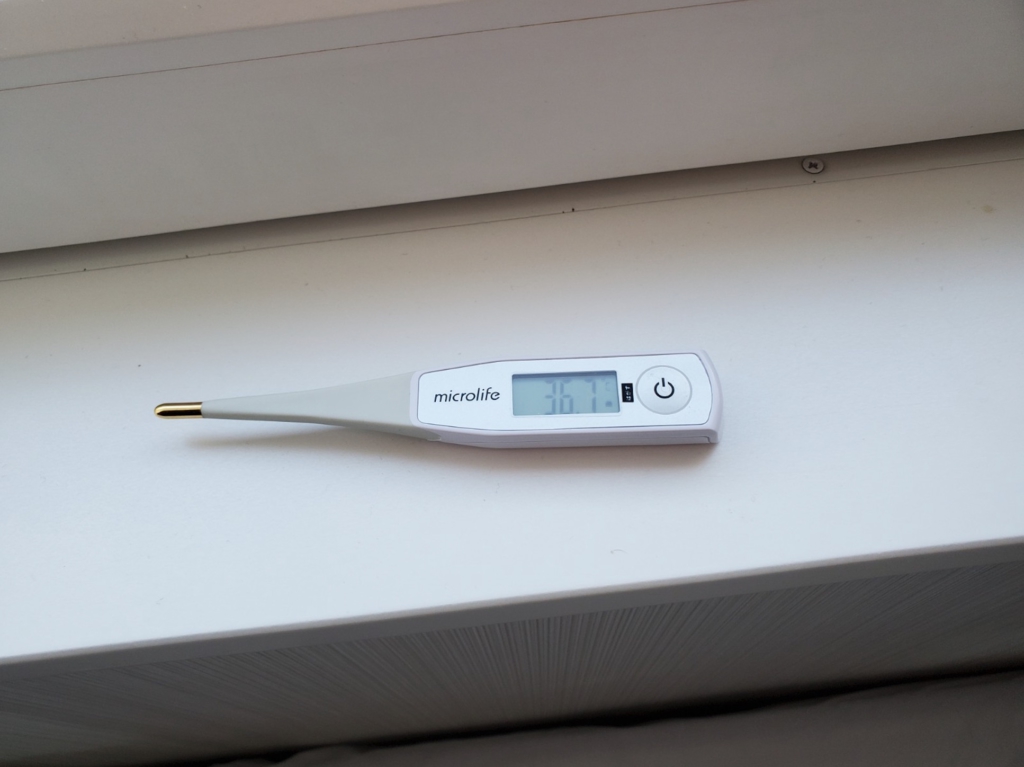
The hotel that I stayed at required travelers to take their temperatures (with a thermometer provided by the hotel) and report them through an automated chat system that could be accessed via QR code every morning. They expected responses by a certain time, and I was called on the hotel phone once because my response was not submitted early enough. So while quarantine is a great time to relax after stressful travel, it is certainly not possible to sleep in every morning without interruptions.
MySOS Notifications

MySOS will have your final quarantine day logged on the app, and you should be receiving several notifications every day until your quarantine is over. This includes having to press a button to log that you are in your quarantine location (this is connected to your Google Maps, so no cheating), calls made to your app (can be automated or with an actual human, but I only received automated calls the whole time), and daily health checks. You have to respond to these notifications soon after they are received, otherwise they will become invalid.
PCR Tests

As my quarantine time was 6 days, I also had to take PCR tests on my 3rd and 6th day of quarantine. If both of these came back negative, I was free to move on to my second quarantine destination. In my case, PCR tests were passed out around 6:30 am and were received at around 7:00 am. An announcement was made on the PA system to let people know when the PCR tests were being handed out.
These were also spit tests, so after filling the tube with the required amount, we kept our bottles with us until staff came around to collect them one-by-one. This was the only human interaction I had during this time, as I had to open the door to hand over my test and answer a couple of questions about how I was feeling.
Thankfully, both of my tests were negative, and I was notified of the results by phone in the early afternoon.
Leaving Hotel Quarantine
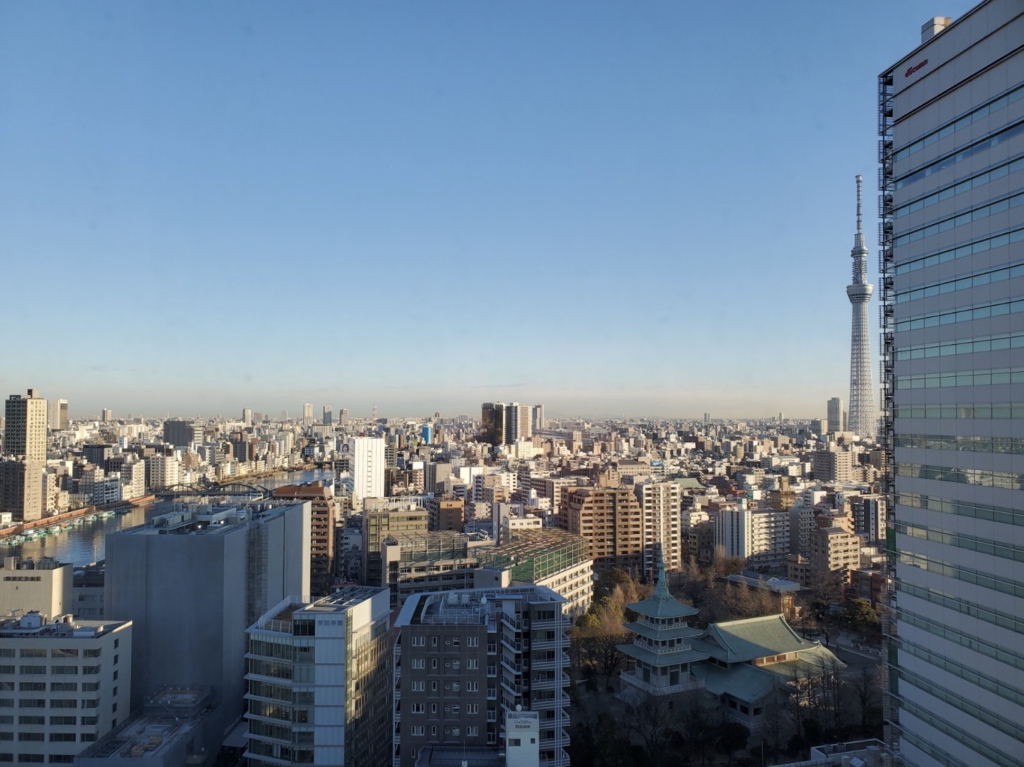
When the 6th day came, I made sure my stuff was packed in preparation for leaving (and also because there wasn’t much room or reason to unpack) and eagerly waited for my PCR test.
I got a phone call on the hotel phone around 2:00 pm letting me know that my test was negative and that there would be a bus headed back to the airport coming later. I was told to wait in my room until I was called down to board the bus, so I waited out the time by watching TV and staring out the window at the fantastic view.
About an hour later, I was called again and told that the bus had arrived and to go downstairs immediately. I quickly grabbed my luggage and headed down to be greeted by staff who quickly guided me and loaded my luggage onto the bus. From there several other travelers and I were shuttled back to Narita, where I met with my hired car who took me back to my residence to wait out the rest of my quarantine period. The total quarantine period when I came back to Japan was 10 days, and since 6 were in a hotel, I still had to finish 4 at my private residence. Remember to press the “Check-In” button again when you reach your second destination so the app logs your new quarantine destination.
Tips & Tricks for Hotel Quarantine
Keep the following in mind to make hotel quarantine as smooth as possible:
- Keep your carry-ons light and your documents easily accessible as you will likely be doing a lot of walking from checkpoint to checkpoint through the airport
- Have your phone close by to quickly respond to notifications from the MySOS app
- You are required to be taken back to your arrival destination in Japan after hotel quarantine, so make sure the transportation to your next destination knows to pick you up at the airport, NOT at the hotel you are sent to
- It is difficult to determine exactly when you will be back at the airport, so try to get a lenient reservation (e.g. give a general time frame, or find a responsive service so that you can let them know if your reservation needs to be changed
- Bring snacks and instant noodles in case you’re hungry or want something hot to eat
Home Quarantine
Although I no longer had to report my temperature to the hotel or do any more PCR tests, I still had to respond to the MySOS notifications until the end of my last day of quarantine (which included home quarantine).
I did not go outside during this period, and was lucky enough to have a friend buy some groceries for me. When my entire quarantine period was over, I got a message on MySOS thanking me for my cooperation.
The End of Quarantine
I think it is safe to assume that most people do not enjoy and are not excited about quarantine in Japan. It is also certainly luck of the draw, as some people are placed in much better locations than others. However, I appreciated knowing how long my quarantine was going to be, and more than anything, that it was all free! Ultimately, this is meant to protect the well-being of the locals, so I did not mind playing ball. Prepare yourself with ways to kill time and be sure to follow the rules. Above all else, use this time to relax after working so hard to make it back into Japan.
If you want to give feedback on any of our articles, you have an idea that you’d really like to see come to life, or you just have a question on Japan, hit us up on our Facebook!
The information in this article is accurate at the time of publication.
